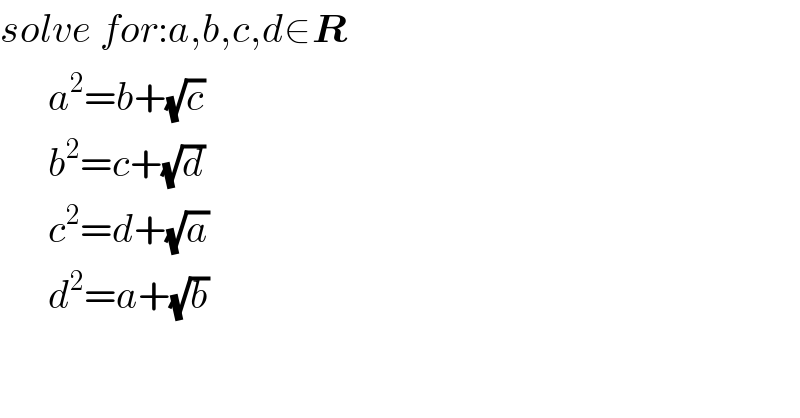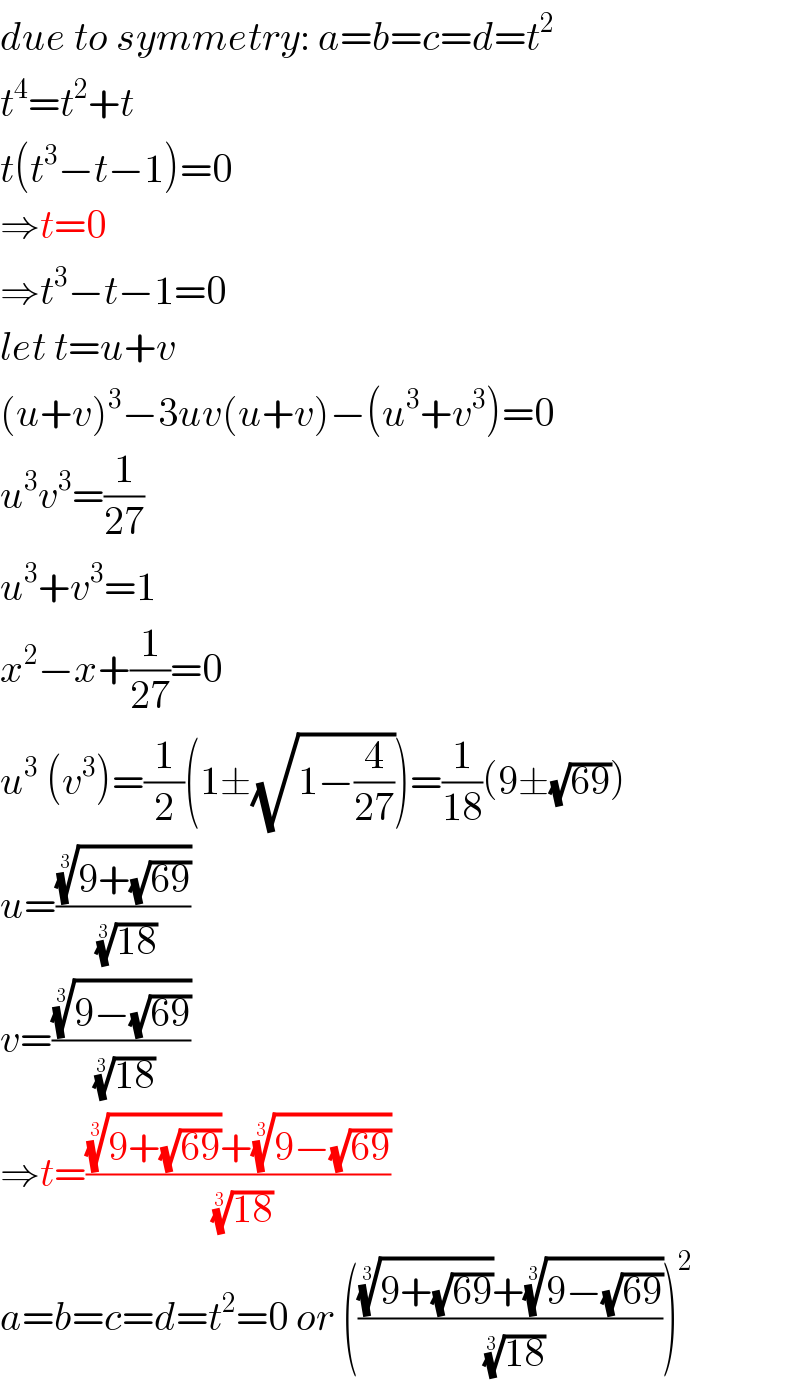
Question and Answers Forum
Question Number 54786 by behi83417@gmail.com last updated on 10/Feb/19

Commented by mr W last updated on 11/Feb/19

Commented by behi83417@gmail.com last updated on 11/Feb/19

Commented by mr W last updated on 11/Feb/19

Commented by behi83417@gmail.com last updated on 12/Feb/19

Commented by mr W last updated on 12/Feb/19

